Discover Tulsa's Hidden Treasures
Join us on a captivating journey through Tulsa's vibrant culture and history on this free walking tour, uncovering its unique landmarks and stories.
Time
3 Hours
Stops
8 Places
Distance
5.5 km
Center of the Universe
Begin your tour at Tulsa's mysterious acoustic anomaly, the Center of the Universe, where sound behaves in fascinating ways and introduces you to the city's quirky charm.
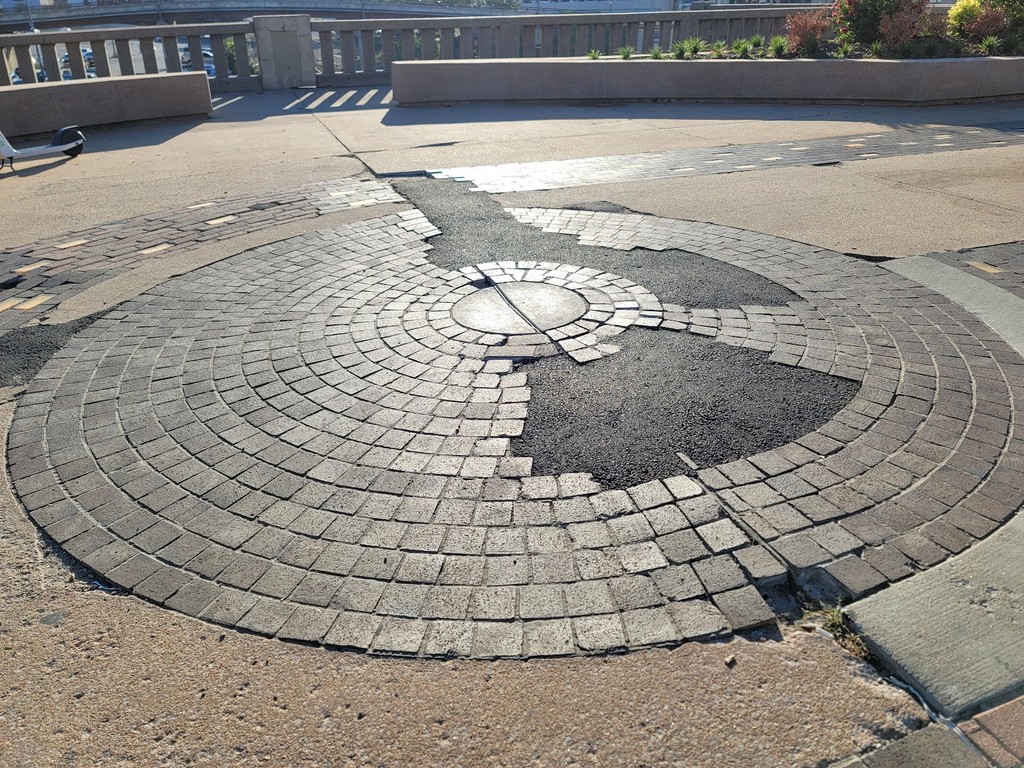
Center of the Universe (Source: Google Maps)
The Center of the Universe in Tulsa is a fascinating acoustic anomaly located in the heart of downtown. This circular area, marked by a distinctive stone circle, is known for its unique sound properties, where a person's voice echoes back in unexpected ways. The site has become a quirky landmark and a popular spot for visitors and locals alike, often sparking curiosity and intrigue. It serves as a testament to Tulsa's rich tapestry of culture and history, blending science and art in a unique manner. The Center of the Universe is not only a fun acoustic phenomenon but also a symbol of the city's charm, encouraging exploration and interaction among those who visit.
Tulsa Performing Arts Center
Conclude the first hour at the Tulsa Performing Arts Center, a cultural hub that hosts a variety of performances, offering a glimpse into the city's thriving arts scene.

Tulsa Performing Arts Center (Source: Google Maps)
The Tulsa Performing Arts Center (TPAC) is a multi-venue facility that stands as a cultural cornerstone of the city. Opened in 1977, TPAC hosts a variety of performances, including ballet, opera, theater, and concerts, making it a hub for the performing arts in Tulsa. Its architectural design is a blend of modern and traditional elements, featuring a grand lobby and several theaters of varying sizes. The center is home to several resident companies, including the Tulsa Ballet and the Tulsa Opera, and it frequently features touring productions from around the country. TPAC plays a crucial role in enriching the cultural landscape of Tulsa, providing a space for artistic expression and community engagement.
Philcade Building
Explore the Philcade Building, another Art Deco masterpiece, where you can admire intricate details and step back into Tulsa's oil boom era.
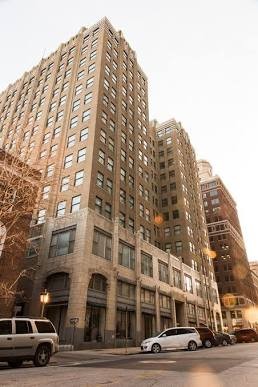
Philcade Building (Source: Google Maps)
The Philcade Building is a stunning example of Art Deco architecture located in downtown Tulsa. Completed in 1929, it was originally built as an office building during the oil boom, symbolizing the economic prosperity of the time. The building is adorned with intricate decorative elements, including terra cotta and ornamental details that reflect the opulence of the era. Standing at 15 stories tall, the Philcade was once the tallest building in Tulsa and continues to be an iconic landmark. Today, it houses a mix of offices and residential spaces, showcasing the city's ability to blend historical preservation with modern use. The Philcade serves as a reminder of Tulsa's dynamic history and architectural heritage.
Boston Avenue United Methodist Church
Just a short walk away, admire the stunning Art Deco architecture of the Boston Avenue United Methodist Church, a testament to Tulsa's rich architectural heritage.
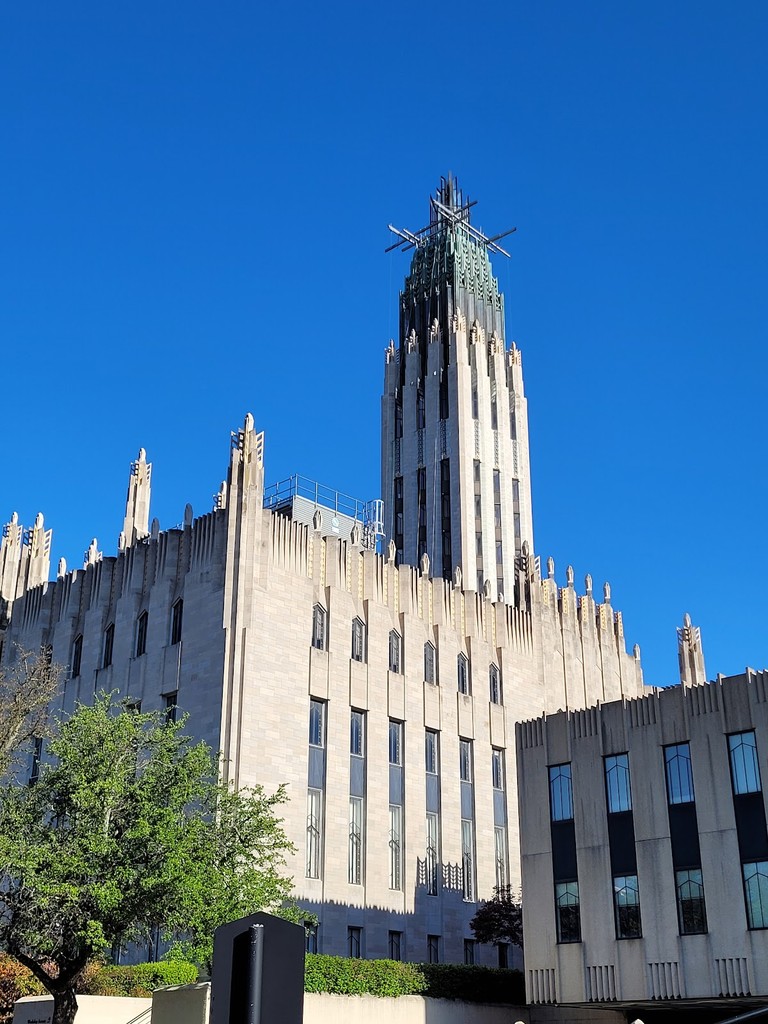
Boston Avenue United Methodist Church (Source: Google Maps)
Boston Avenue United Methodist Church is renowned for its striking Art Deco design and stands as a significant architectural landmark in Tulsa. Completed in 1929, this church features a stunning tower that reaches 225 feet, making it one of the tallest structures in the city. Its exterior is adorned with intricate carvings and decorative motifs that highlight the Art Deco style. Inside, the church boasts beautiful stained glass windows and a spacious sanctuary that reflects its commitment to community and worship. Boston Avenue Church is not only a place of worship but also a cultural landmark, hosting concerts and community events, thereby enriching Tulsa's artistic landscape.
Woody Guthrie Center
Dive into the life and legacy of one of America's most iconic folk musicians at the Woody Guthrie Center, celebrating his contribution to music and social justice.
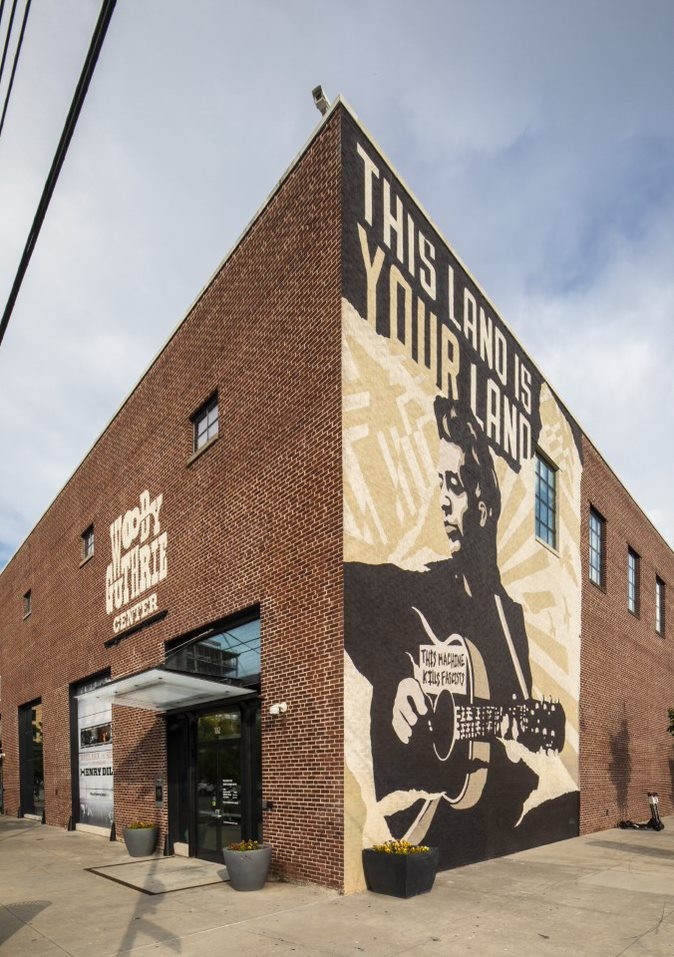
Woody Guthrie Center (Source: Google Maps)
The Woody Guthrie Center is dedicated to the life and legacy of the legendary folk musician Woody Guthrie, who was born in Okemah, Oklahoma. The center features exhibits that showcase Guthrie's contributions to music and social justice, highlighting his influential role in American culture. Visitors can explore artifacts, photographs, and interactive displays that tell the story of Guthrie's life, from his early days to his impact on the folk music revival. The center also serves as a venue for live performances, educational programs, and community events, fostering a deeper appreciation for Guthrie's music and the social issues he championed. It stands as a tribute to the enduring spirit of folk music and its power to inspire change.
Guthrie Green
Relax at Guthrie Green, a vibrant urban park that often hosts live music, food trucks, and community events, reflecting Tulsa's lively community spirit.
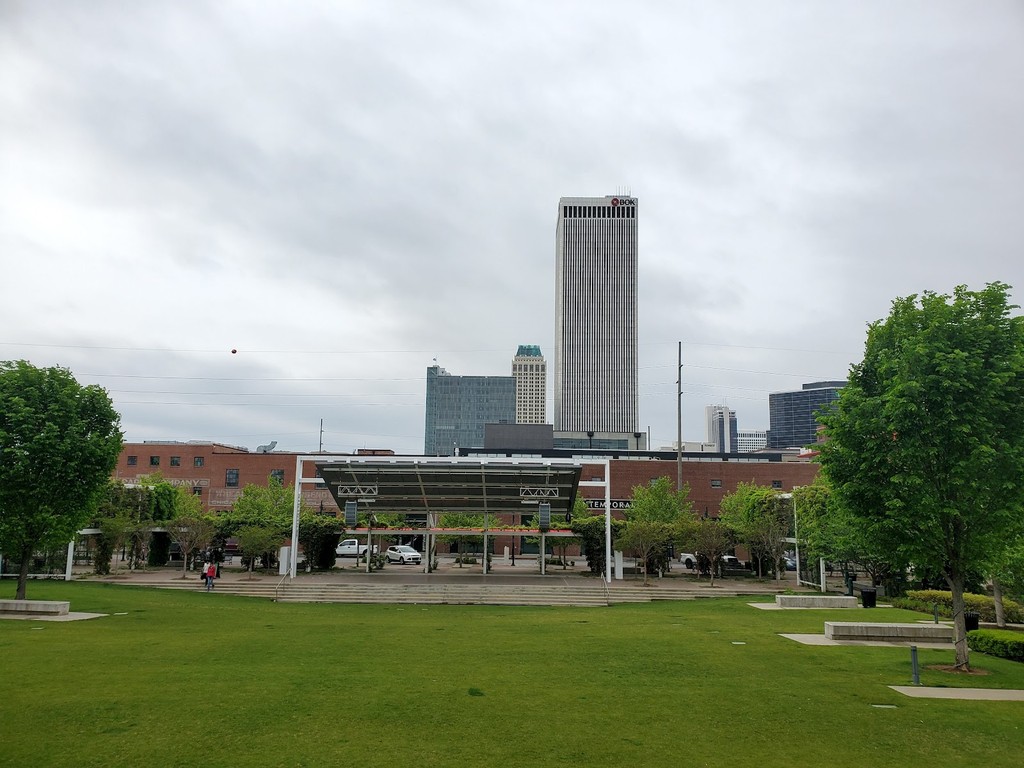
Guthrie Green (Source: Google Maps)
Guthrie Green is a vibrant urban park located in the heart of Tulsa, designed to be a community gathering place that reflects the city's lively spirit. The park features lush green spaces, gardens, and an amphitheater that hosts a variety of events, including live music performances, food trucks, and cultural festivals. Opened in 2013, Guthrie Green has quickly become a popular destination for locals and visitors alike, offering a space for relaxation, recreation, and community engagement. The park's design incorporates elements of sustainability and accessibility, making it a welcoming environment for everyone. Guthrie Green embodies Tulsa's commitment to fostering community connections and celebrating the arts.
John Hope Franklin Reconciliation Park
Visit John Hope Franklin Reconciliation Park, which commemorates the Tulsa Race Massacre and serves as a place for reflection and education.
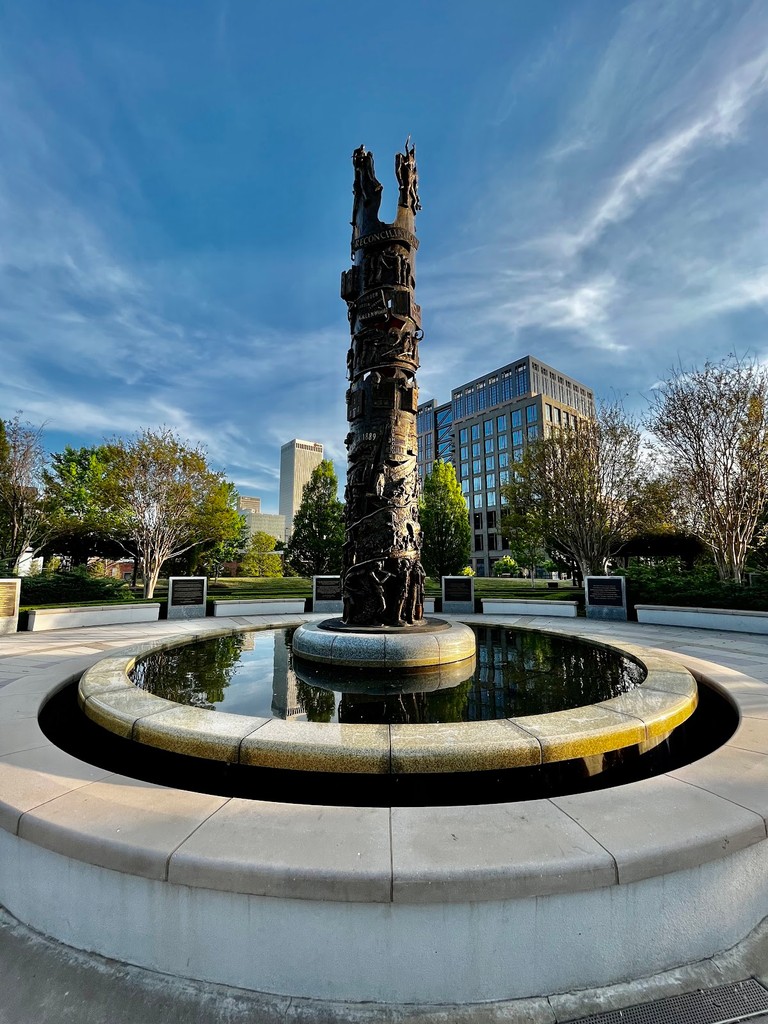
John Hope Franklin Reconciliation Park (Source: Google Maps)
John Hope Franklin Reconciliation Park is a powerful memorial that commemorates the Tulsa Race Massacre of 1921 and stands as a testament to the resilience and strength of the African American community. The park features a series of sculptures, historical markers, and landscaped areas that encourage reflection and education about the events of the massacre and its lasting impact on the community. Named after the renowned historian John Hope Franklin, who dedicated his life to studying and teaching about race relations, the park serves as a space for healing and reconciliation. It hosts educational programs and community events aimed at fostering dialogue and understanding, making it a significant site for both remembrance and progress.
Greenwood Cultural Center
Conclude your tour at the Greenwood Cultural Center, where you can learn about the history and resilience of the Black Wall Street community.
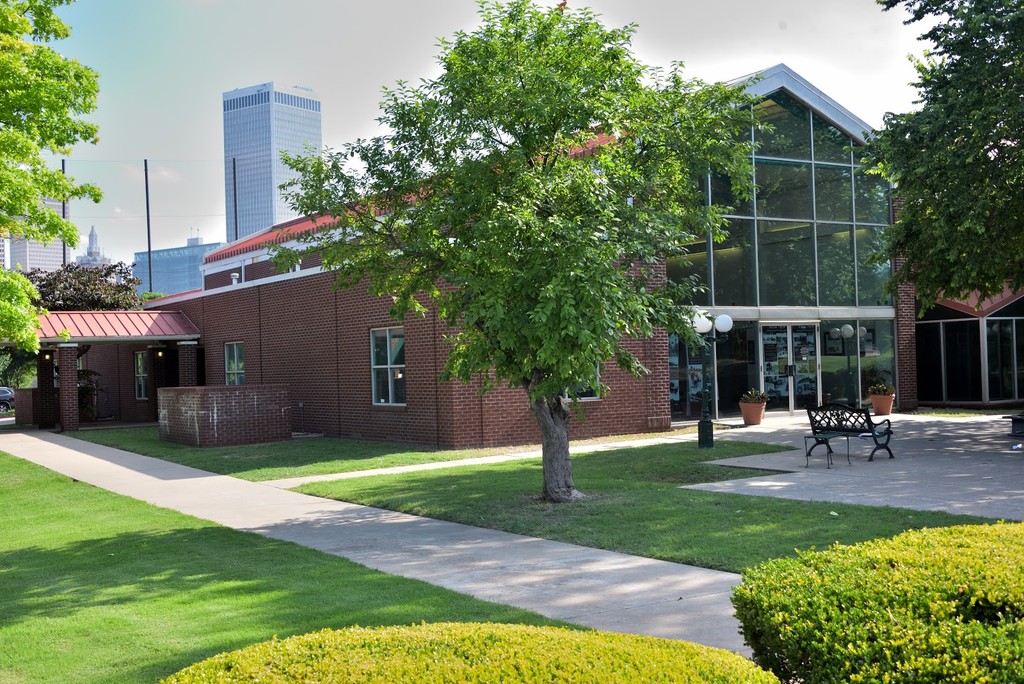
Greenwood Cultural Center (Source: Google Maps)
The Greenwood Cultural Center is dedicated to preserving and promoting the rich history of the Greenwood District, often referred to as Black Wall Street, which was once a thriving community of African American businesses and culture in Tulsa. The center offers exhibits and educational programs that highlight the achievements and resilience of the Greenwood community, particularly in the face of the tragic events of the 1921 Tulsa Race Massacre. Through its various initiatives, the center aims to educate visitors about the contributions of African Americans to Tulsa's history and to celebrate the cultural heritage that continues to thrive today. The Greenwood Cultural Center serves as a vital resource for the community, fostering pride and awareness of the significant role that Greenwood played in American history.

Your travels, your rules.
Create your own Free Walking Tours.
Set your preferences, distances and anything you want to do or see.
Completely free, no payment required.